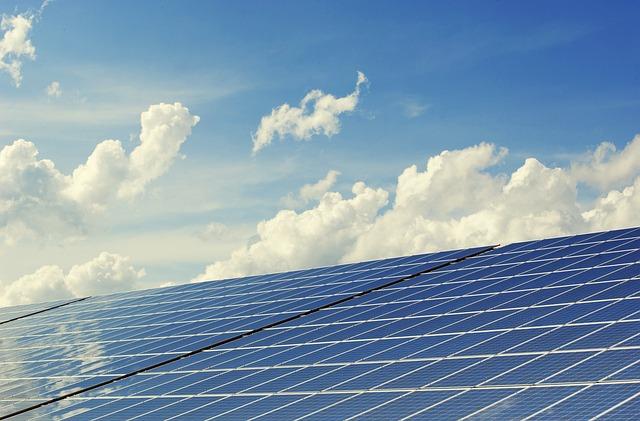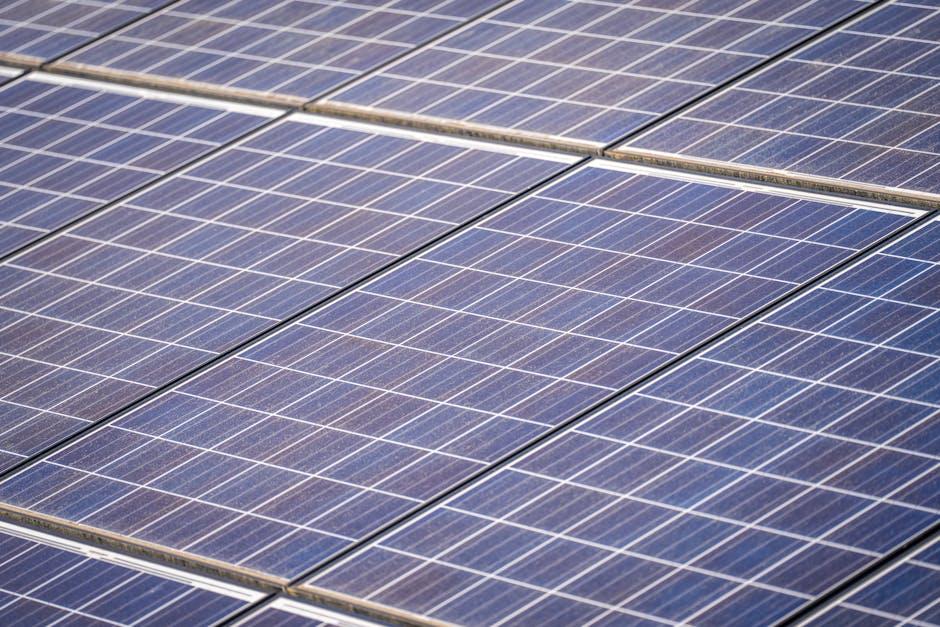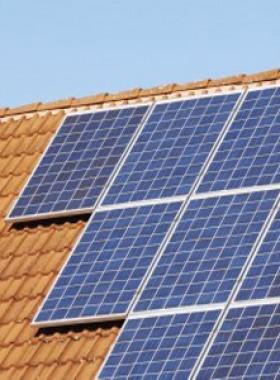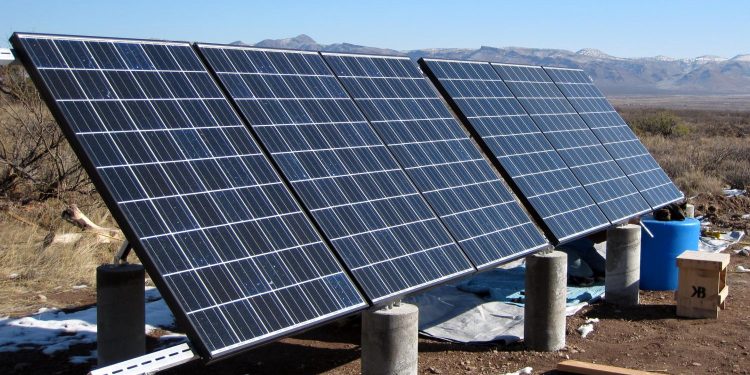In an era where sustainability is no longer a choice but a necessity, solar energy stands out as a beacon of hope, promising not only to reduce our carbon footprint but also to revolutionize the way we power our lives. Yet, beneath the glistening promise of solar panels lies a complex web of costs and considerations that can often leave potential adopters in the dark. From the initial outlay and maintenance expenses to the often-overlooked implications on property value and energy savings, understanding the true cost of solar panel installation is essential for making an informed decision. This article aims to illuminate the path, dissecting each financial layer with clarity and precision, so you can harness the sun’s power without the clouds of uncertainty.
Understanding the Initial Investment: Equipment and Installation Costs
Embarking on a solar journey involves several key financial considerations, with equipment and installation costs taking center stage. When evaluating solar panel systems, it’s essential to consider the various components that make up the total cost. The primary expenses include:
- Solar Panels: These are the core of your system, available in different types such as monocrystalline, polycrystalline, and thin-film, each varying in efficiency and price.
- Inverters: Necessary for converting the solar energy into usable electricity, with options like string inverters, microinverters, and power optimizers.
- Mounting and Racking: Systems that secure panels to your roof or ground, with costs influenced by the complexity of your roof structure or terrain.
- Electrical Components: Including wiring, disconnects, and combiners, these ensure a safe and efficient energy flow from panels to your home.
Installation costs, on the other hand, encompass the labor and expertise required to properly set up your solar system. Factors such as roof type, system size, and location can significantly influence these expenses. While DIY installation may seem appealing, professional installation ensures optimal system performance and compliance with local regulations. Understanding these costs upfront can help you make informed decisions and avoid unexpected financial surprises down the line.

Decoding Long-term Savings: Energy Efficiency and Utility Bills
Understanding the long-term savings from energy efficiency and its impact on utility bills requires a deeper dive into the benefits of solar panel installations. Solar panels offer a transformative approach to energy consumption by harnessing the sun’s power, providing an eco-friendly alternative to traditional electricity sources. By installing solar panels, homeowners can significantly reduce their monthly energy expenses, leading to substantial savings over time.
- Reduced Utility Bills: Once installed, solar panels can cut electricity costs by generating free power from the sun.
- Tax Incentives and Rebates: Many governments offer financial incentives, making the initial investment more affordable.
- Increased Property Value: Homes equipped with solar technology often see a rise in market value.
- Low Maintenance Costs: Solar panels require minimal upkeep, further reducing long-term expenses.
While the upfront cost of solar panel installation might seem daunting, the combination of reduced utility bills and potential tax incentives can offset the initial investment, making it a wise choice for those looking to lower their carbon footprint and enjoy economic benefits in the long run.

Navigating Incentives and Rebates: Maximizing Financial Benefits
Understanding the landscape of solar panel incentives and rebates can unlock substantial savings, effectively reducing the overall cost of installation. These financial benefits often come in various forms, such as federal tax credits, state-specific rebates, and local utility incentives. Federal tax credits are particularly advantageous, allowing homeowners to deduct a significant portion of the solar panel installation cost from their federal taxes. Meanwhile, many states offer rebate programs that provide direct cash back or lower initial costs, making solar energy more accessible. It’s crucial to research and understand the specific programs available in your region, as these can vary significantly in terms of eligibility and benefits.
- Federal Tax Credit: Allows for a deduction of up to 26% of the installation costs from federal taxes.
- State Rebates: Vary by state and can significantly reduce the upfront investment needed for solar panels.
- Local Utility Incentives: Often include performance-based incentives and net metering, which credit you for the electricity your system produces.
By meticulously navigating through these financial aids, homeowners can maximize their savings, turning solar panel installation from a hefty expenditure into a savvy investment. Staying informed and strategically applying for these incentives ensures that the journey to sustainable energy is both economically and environmentally rewarding.

Evaluating Maintenance and Longevity: Ensuring Sustainable Performance
When it comes to the durability and performance of solar panels, understanding maintenance and longevity is crucial for maximizing their benefits. Sustainable performance hinges on a few critical factors that every solar panel owner should be aware of. Here are key considerations:
- Regular Cleaning: Dust, debris, and bird droppings can accumulate on panels, reducing their efficiency. A routine cleaning schedule ensures optimal sunlight absorption.
- Periodic Inspections: Engaging with a professional to inspect connections, wiring, and structural integrity helps in identifying potential issues before they escalate.
- Weather Resilience: Panels designed to withstand local weather conditions, such as hail or heavy snow, will likely offer a longer lifespan.
Furthermore, choosing a reputable installer and high-quality components can significantly extend the life of your solar investment. While the initial costs may seem daunting, considering these aspects can ensure that the panels continue to perform efficiently over decades, ultimately offering substantial savings and environmental benefits.
The Conclusion
As the sun sets on our exploration of solar panel installation costs, it’s clear that this journey involves more than just dollars and cents. It’s a complex tapestry woven with financial considerations, environmental aspirations, and the pursuit of sustainable living. Each decision, from selecting the right equipment to navigating government incentives, shapes the path toward energy independence. While the initial investment may seem daunting, the long-term benefits offer a compelling vision of a brighter, more sustainable future. As you stand at this crossroads, armed with newfound knowledge, the choice is yours to make. Whether you step into the light of solar energy today or consider it for tomorrow, remember that every small decision contributes to a larger legacy of change. And so, as we conclude this chapter, the question remains: what role will you play in harnessing the power of the sun?

































